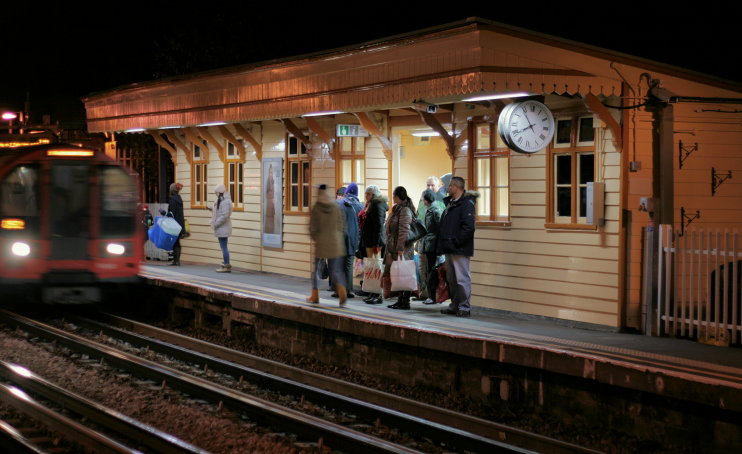East Acton
East Acton, Ealing/Hammersmith & Fulham
With Wormwood Scrubs to the north-east and White City to the east, this is one of the less prestigious corners of Acton

East Acton had taken shape as an agricultural village as early as 1294. Some rural retreats started to appear here from the late 16th century, slowly eroding the village green. In 1654 a goldsmith named John Perryn settled in East Acton, subsequently bequeathing his estate to the Worshipful Company of Goldsmiths.
Over the following centuries the Goldsmiths’ company acquired additional land, put up twenty almshouses, promoted the building of a station (now Acton Central) and – after several failed attempts – instigated East Acton’s suburbanisation in the 1920s, following the arrival of the Western Avenue. Several streets were named after eminent goldsmiths such as Thomas Vyner and Martyn Bowes. The homes were relatively highly priced and were popular with civil servants and other middle class professionals. At the same time the council built the East Acton estate on land that had been Acton Wells farm (and latterly a golf course). Several of the village’s fields were preserved as sports grounds, most of which now belong to the Park Club, a 27-acre private facility off East Acton Lane.
The Roman Catholic parish of Acton East was created in 1922 and its church of St Aidan of Lindisfarne was built on Old Oak Common Lane in 1961. Parish priest Fr James Ethrington commissioned several works of art for the new church, including Graham Sutherland’s The Crucifixion (1963), which hangs above the high altar.
Like Neasden and Cheam, something about East Acton’s character (or perhaps just the sound of its name) has made it a butt of anti-suburban humour. In George and Weedon Grossmith’s Diary of a Nobody, Mr Pooter regrets visiting such an out-of-the-way place to attend the East Acton Volunteer Ball. A 1955 Goon Show episode lamented the dearth of earthquakes in East Acton. And in the BBC sitcom Sykes, Eric Sykes and Hattie Jacques played the bumbling brother and long-suffering sister who lived at the fictional 24 Sebastopol Terrace, East Acton.
